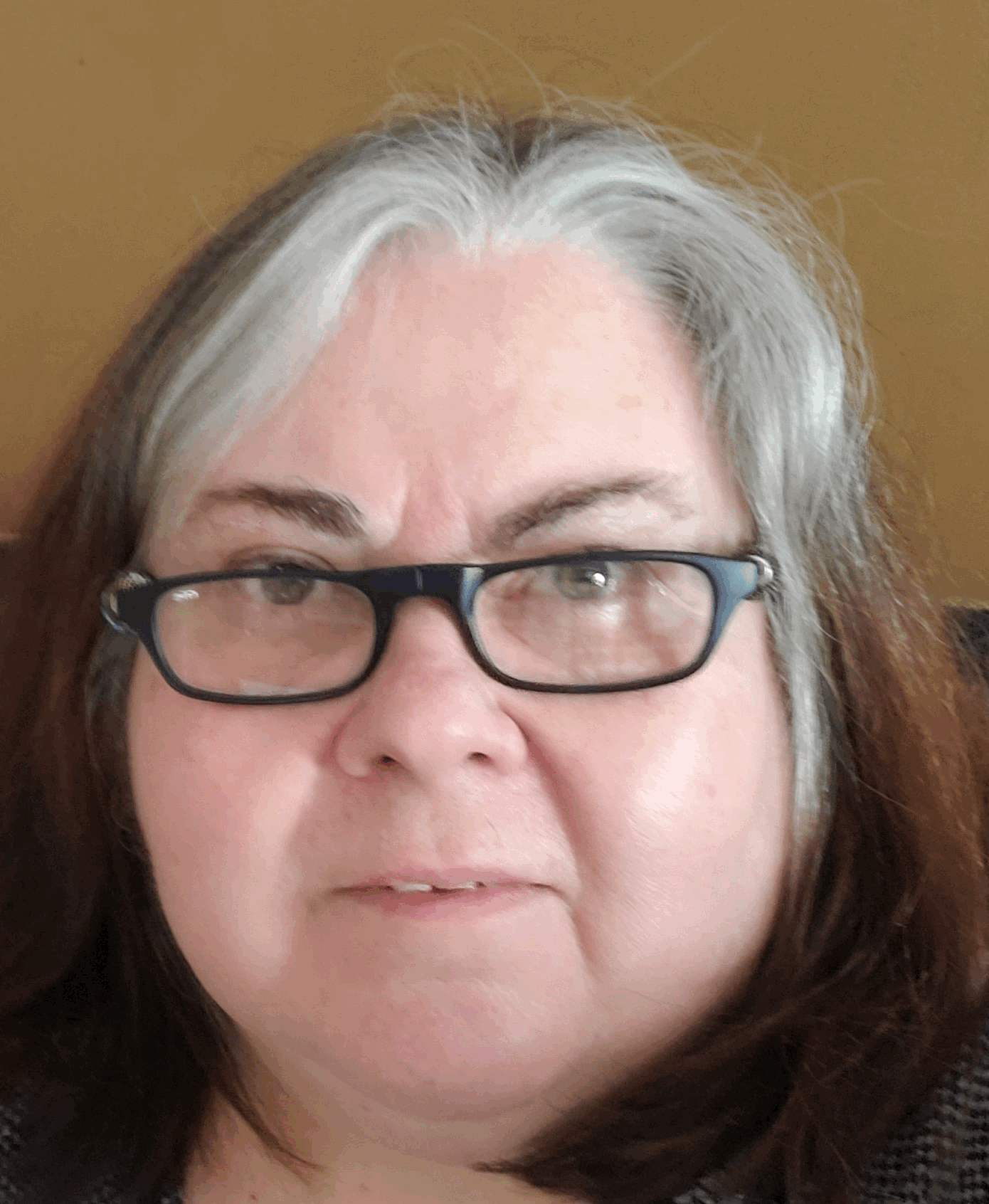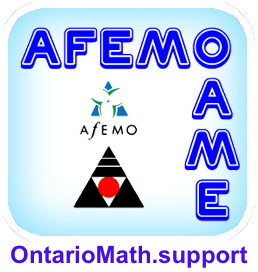President's Message - November 2024
Coins, Magnets and Towers

KIT LUCE
kit.luce@oame.on.ca
The past few weeks, I have been in schools with educators who have voluntarily come to professional learning on their own time. Their dedication to learning and reflecting on their practice to support their students has been clearly evident. The energy and enthusiastic talk while working with concrete manipulatives, models like concept circles and number lines, has been both inspiring and contagious. I’ve also been involved in developing and facilitating professional learning focused on Universal Design for Learning. Reading the feedback from these learning sessions makes one thing very clear—educators have a strong desire to meet the needs of their learners and help them develop as capable and confident mathematicians.
There is so much we need to juggle and prioritize as educators, whether we are in elementary or secondary schools or alternative environments. We all have specific concerns about how to address the entire curriculum in a short period of time. We worry about finding and using the best resources for planning lessons. We wonder how we are to get it all taught and still have time for our families, friends, and interests. At the heart of all of these concerns is a clear focus on the students in front of us each day. Teachers want their students to feel confident in their abilities to engage in challenging mathematics. They want to be able to open up access so that all of their students can enter into math tasks and move their learning forward.
We are also aware that our students face incredible challenges in their lives. They come to us with a variety of school and life experiences and don’t always bring a positive mindset toward math. As Dan Meyer said in his TED Talk, “Math class needs a makeover” (www.ted.com/talks/dan _meyer_math_class_needs_a_makeover):
I sell a product to a market that doesn’t want it, but is forced by law to buy it. Larry Martinek stated, “Children don’t hate math. What they hate is being confused, intimidated, and embarrassed by math. With understanding comes passion, and with passion comes growth—a treasure is unlocked.”
The question for many educators is how to undo experiences of confusion and embarrassment and help our students get to that place of passion and growth.
I love this section of the Mathematics Curriculum Context document.
The vision of the mathematics curriculum is to help all students develop a positive identity as a mathematics learner and see themselves as mathematically skilled, to support them as they use mathematics to make sense of the world, and to enable them to make critical decisions based on mathematically sound principles. This vision is attained in a mathematics classroom filled with enthusiasm and excitement—a classroom where all students receive the highest-quality mathematics instruction and learning opportunities, interact as confident mathematics learners, and are thereby enabled to reach their full potential (Ontario Ministry of Education, p. 62).
When we bring our enthusiasm and excitement to the classroom, we can help to create an environment where students see the possibilities of using math to explore their world, to make connections between subject matter and solving real problems they see in their lives and communities. We can create opportunities for students to play with math, to see the beauty in the patterns, and experience the joy in discovering mathematical truths. I clearly remember driving to work one day and listening to a news story on the radio about an accident involving a Brinks truck and a tractor trailer, resulting in over three million dollars in loonies and toonies, along with candy, being spilled over the highway and surrounding area. When I entered my classroom, I shared the story, and we spent the rest of the day creating math problems and working on them together.
“How much would three million dollars in coins weigh?”
“What would that look like if the coins were stacked up in towers?”
“Would 3 million loonies fit into our classroom?”
“How many toonies tall am I?”
“If we laid that many toonies and loonies in a line, how long would it be?”
“Are coins magnetic? How many could a giant magnet pick up?”
The students’ creativity was endless. We made problems and put them up in the hallway for other classes to read and solve. They wrote persuasive letters to our administrator, suggesting we go on a field trip the following Spring, since they were sure there would still be money to be found in the area. (Sadly, the field trip was not approved.) They noticed and wondered and persevered to solve problems about which they cared.
While we can’t rely on interesting news stories to jump- start our lessons each day, we can bring our passions to the classroom. We can help our students discover their own enthusiasm for learning, and open their minds and hearts to the math in their world. We can unlock that potential for growth.
“It is impossible to be a mathematician without being a poet in soul.” ~ Sofia Kovalevskaya
Previous Message:
The Beauty of Mathematics
Next Message:
High Impact Instructional Practice and Student Engagement


















 Like us on FaceBook
Like us on FaceBook